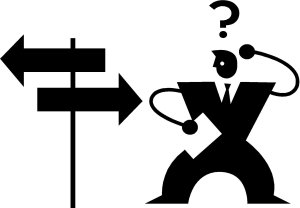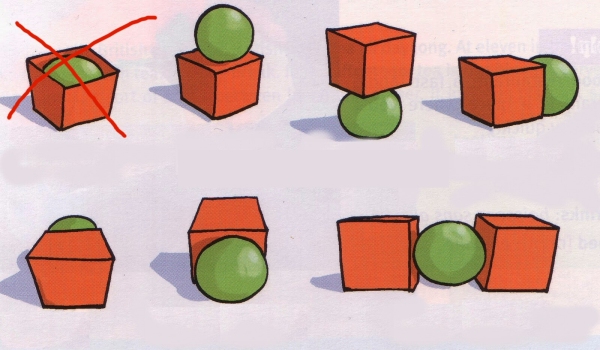In this post you will read about postpositions (for adverbs of place). This is rather a beginner topic but I posted it in intermediate as well.
The origin of the prefix post- if from Latin and means “after”, “behind”. Postpositions will always be in a sentence after the noun/pronoun that they modify. This role is taken by prepositions in English (pre- means “before”).
Each language is unique as to what they have more tools to express. Grammatically Hungarian has only two tenses: a past tense and a present tense (future is expressed with forms of present). Nothing special there. The interesting and important in a language is never what they cannot express (we could argue long if there is such a thing at all that there is sg. languages cannot express), but what they can. Would anyone say Hungarian is so simple just because it does not have so many tenses? I don’t think so 🙂
Our language cares more about several other things, for example, the 3 directions:
Honnan? – Where from?
Hol? – Where?
Hová?/Hova? – Where to?
And this is not different with the postpositions either:
While English has the same prepositions to say ‘The table is in front of the cupboard’ and ‘I put the table in front of the cupboard‘ in Hungarian you have to use 2 different postpositions: “Az asztal a szekrény előtt van“, “Az asztalt a szekrény elé teszem.” 
There is no from for “körül” that expresses “from around”. If I say “Felszedem az diókat a fa körül” I said “I pick up the walnuts around the tree“. We understand what one does but as the “Hol? – Where?” form ends in -ül as the “Honnan? – Where from?”, so form we cannot add another -ül to it to get sg. like körülül 🙂
For the question “Hova?” the suffix is: -á/-é
For the question “Hol?” the suffix is: -tt
For the question “Honnan?” the suffix is: -ól/-ől/-ül
Also, please note that some Hungarian words may have two forms, one with ö, one with e (telföl, tejfel – sour cream; csönd, csend – silence; gyöngye, gyenge – weak):
fölött and felett both mean above.
But such words that have 2 forms, cannot always be used in the same meaning (or same style). E.g. you can say gyöngye kisgyerek/gyenge kisgyerek (weak child), but you cannot say gyöngye kávé, because that is gyenge kávé (weak coffee) 🙂 or you cannot say gyöngye vicc, just gyenge vicc (a ‘weak joke’, that is a joke that you cannot laugh at, because it is not funny, not good enough).
So be careful when using felől – from the direction of and fölül – from above or felé – towards and fölé – above.
Között, közül, közé also means: among, from among, among
Let’s see some examples:
Az autóm a ház előtt áll. – My car is standing in front of the house.
Az autómat a ház elé parkolom – I park my car in front of the house.
Elállok az autóval a ház elől. – I take (literally: stand away from) my car from the front of my house.
A kép az ágyam fölött van. – The picture is above my bed.
A képed az ágyam fölé akasztom. – I hang your picture above my bed.
Levettem a régi festmény az ágy fölül. – I took the old painting from above the bed.
A tanár felé megyek. – I am going towards the teacher.
A kórház felől jövök. – I am coming from the direction of the hospital.
A házam a kórház és az iskola között van. – My house is between the hospital and the school.
Beteszem a széket az asztal és a szekrény közé – I put the chair between the table and the cupboard.
Beteszem a könyvedet a többi közé. – I put your book among the others.
Kiveszem a széket az asztal és a szekrény közül. – I take the chair from between tha table and the cupboard.
And a game:
Why did I cross the first picture?
Waiting for your answer in comment below.
Angéla
Tagged: adverb, beginner, direction, Grammar, posposition, pre-intermediate, vocabulary







Because “inside” is not on the list.
And the phrase uses a suffix -ban/-ben? “A labda a dobozban van”?
LikeLike
Igen! 🙂
LikeLike